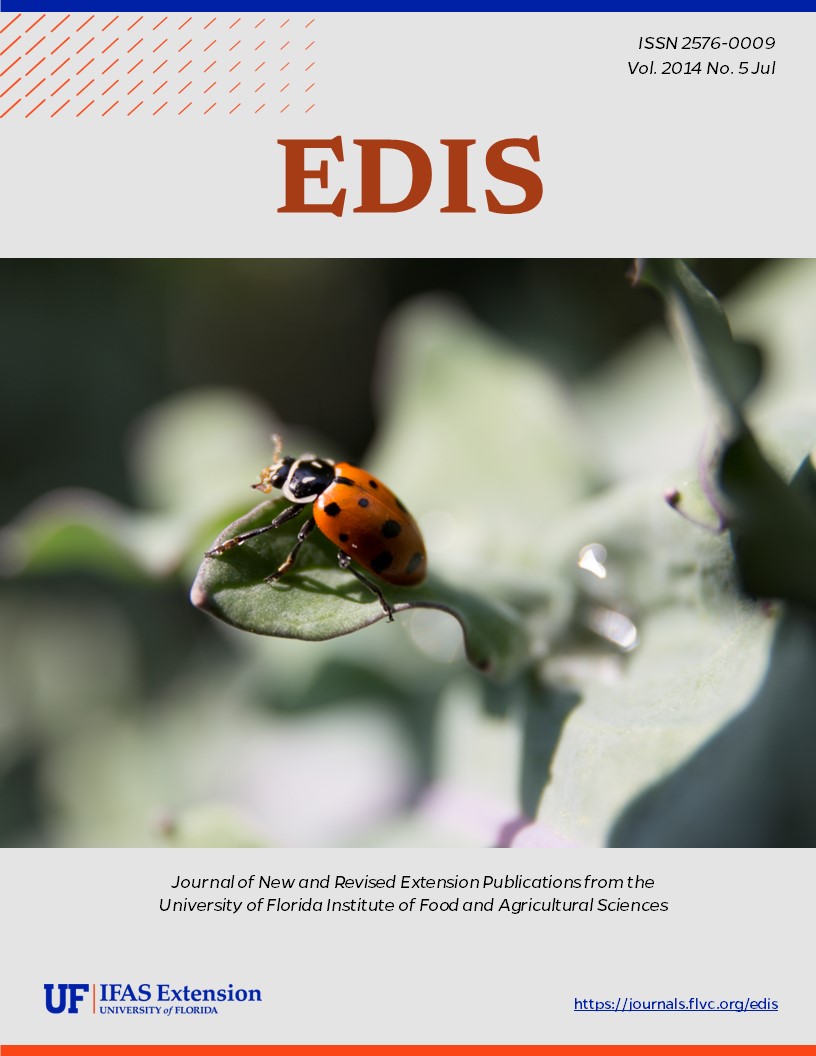Abstract
With Florida’s freshwater withdrawals expected to increase by 30% from 2000 to 2030, conservation strategies must be adopted across all water use sectors, including agriculture, to meet future demand. Implementation and proper management of more efficient crop irrigation systems can create significant water savings. Drip irrigation for vegetable production in Florida has been shown to be more efficient than the seepage irrigation (20%–50% efficiency), because drip irrigation supplies water and nutrients directly to the root zone, allowing efficiencies of 80%–90% to be achieved with proper management. Without proper management, however, the use of a drip system in itself does not necessarily translate to increased water and nutrient use efficiency. This 6-page fact sheet was written by Sanjay Shukla and Nathan Holt, and published by the UF Department of Agricultural and Biological Engineering, July 2014.

